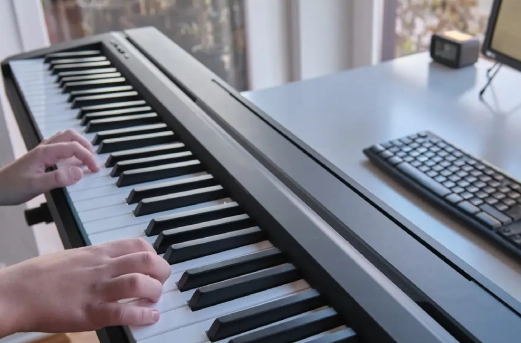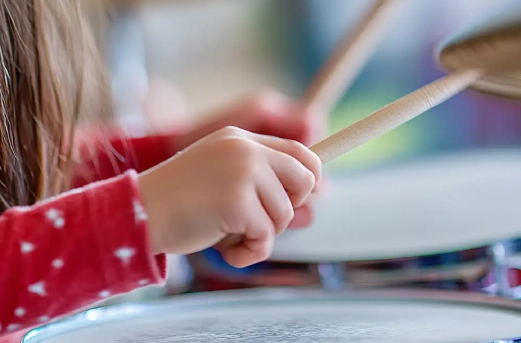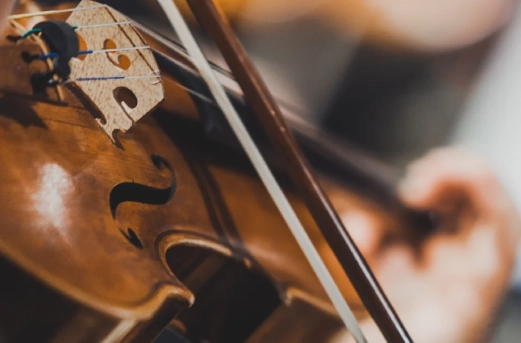Owning a violin is a wonderful investment in your musical development and can make it easier than ever to practice from the comfort of your home. Protecting your instruments, however, is essential for their longevity, as well as the quality of your playing. Canada’s infamous seasonal shifts can wreak havoc on your violin, especially the wood, which is highly vulnerable to environmental changes. Without the right maintenance care and protection, your violin can experience extensive damage, including warping, cracking, and various other issues /
At Musicworks Canada, in addition to online and in-classroom lessons at each of our locations across Canada, are proud to offer repair and rental services to help your instruments stay in the best shape possible. We know that knowledge is one of the best ways to prevent unnecessary damage.
Below, we’ll highlight top tips for caring for your violin in dry, cold weather to ensure it stays safe all year round. Read on to learn more!
Understanding the Impact of Dry and Cold Weather on Violins
It’s no secret that Canada experiences significant seasonal shifts as the year progresses, with the winter and summer providing two very different types of extremes for instruments to cope with. Both hot and cold temperatures bring dry air, which can cause your violin’s wood to shrink, leading to cracks or warping. Cold weather can cause wood to further contract and can also lead to delicate parts of the instrument, namely the soundpost, bridge and pegs, shifting, which makes your instrument more prone to tuning and other related problems.
Knowing how the weather affects your violin is the first step to ensuring you take the right precautions to protect it and are prepared season after season!
Invest in a Quality Case with Humidity Control
Did you know that investing in a case for your instrument isn’t just to protect it against dings, dents, scratches, and other damage caused by physical contact? Cases also serve as your violin’s first line of defence against the elements and having a unit that’s well insulated and properly sealed to prevent moisture loss. Many modern cases incorporate hygrometers that monitor humidity levels so you can stay on top of optimal levels. During particularly dry weather, you may want to consider using a case humidifier or humidifier pack, which can easily be placed in the case to keep moisture levels in a more ideal range.
Control Humidity in Your Home or Practice Space
Humidity doesn’t just matter when it comes to managing your case; it’s also crucial to ensure that your home and your practice space(s) are at an ideal level to ensure instrument protection and optimal performance conditions. Dry indoor air can have a big impact on your violin, especially if the heating system in your home dries out the environment even more. Consider adding a humidifier into key areas of your home or practice space to boost the moisture levels in the air and to protect your instrument. Best of all, you’ll also be doing your skin and sinuses a huge favour!
Warm Up Your Violin Gradually
Major temperature changes can cause serious damage to instruments, especially for the wood components of your violin, which may contract and expand too quickly if you’re not careful when transporting it from cold to warm (or vice versa) environments. Always try to allow your instrument to acclimate to new temperatures gradually, letting your violin sit in its case for 15-20 minutes when coming out of the cold to adjust to a warmer room. Doing so prevents shocking the wood and can save you lots of time when it comes to the need for retuning.
Regularly Check the Tuning and Pegs
Speaking of tuning, cold, dry weather makes the tuning pegs on your violin more likely to slip or stick. To avoid tuning issues, regularly check your instrument and continuously make small adjustments as needed to prevent pegs from becoming too loose or too tight. Should you notice that the pegs are becoming difficult to turn, you can try a small amount of peg compound to help lubricate components. If you still have difficulty, it may be time to bring things in for repair.
Schedule Professional Check-Ups
The best form of protection for any instrument is prevention! Even with the best at home care, it’s a good idea to have your violin professionally inspected every so often. Trained luthiers (someone who works with stringed instruments) know exactly what to look for when it comes to finding early signs of damage like weakened glue joints, small cracks, or other issues with the soundpost and bridge.
Regular maintenance ensures that your violin stays in peak playing condition and prevents minor problems from turning into major repairs. At Musicworks Canada, we recommend scheduling routine check-ups for your violin at least once a year and more frequently if you play in varying weather conditions.
Care For the Instruments You Love
Caring for your violin in cold, dry weather shouldn’t be a headache, and by taking a preventative stance, you put yourself ahead of the many factors that can lead to damage. At Musicworks Canada, we’re here to help with expert advice and a range of accessories to support your violin care needs. Learn more by contacting our team today!











































